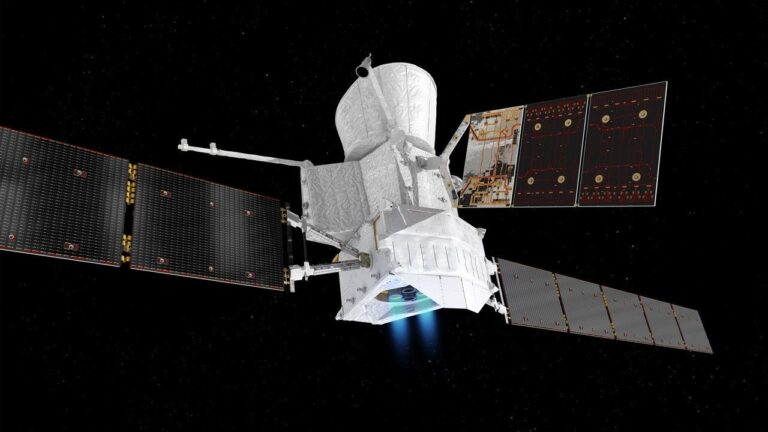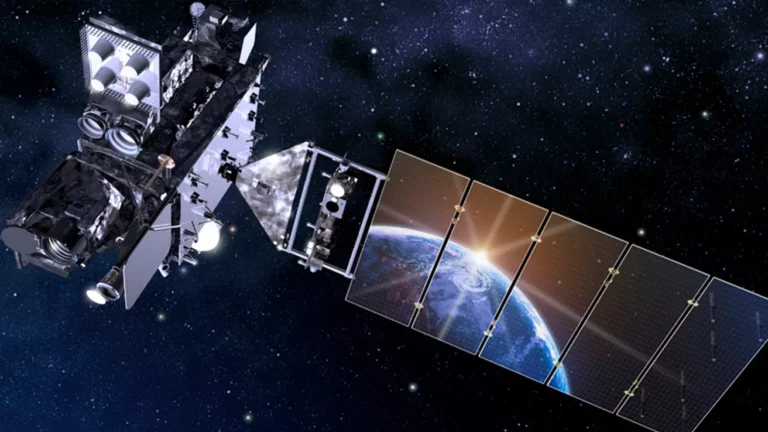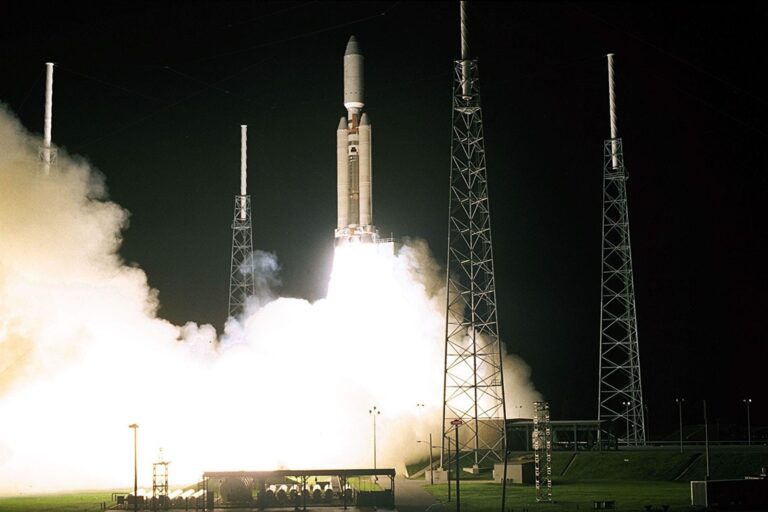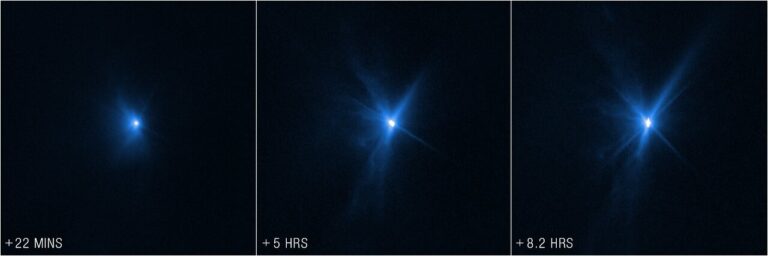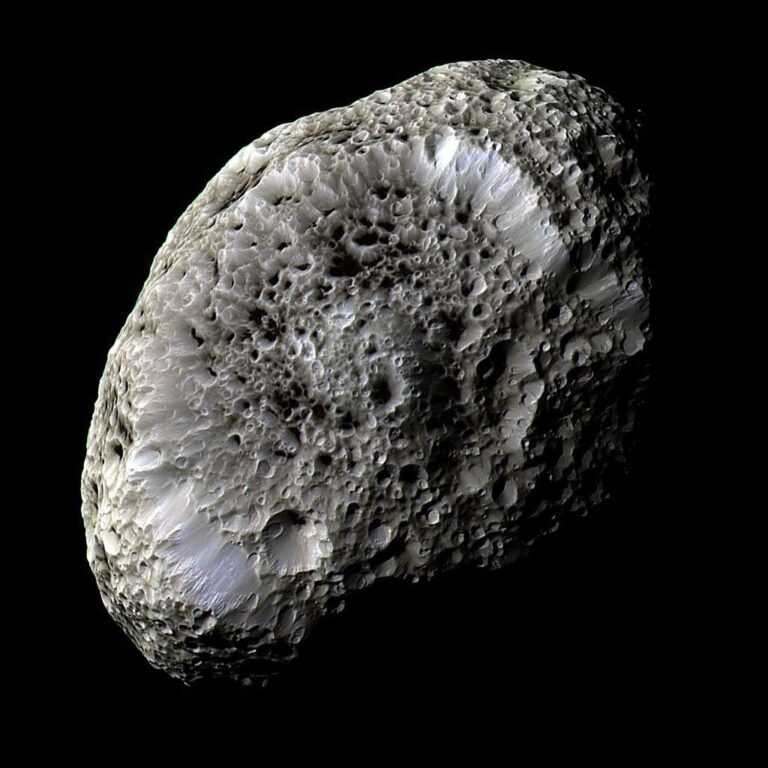Key Takeaways:
The dwarf irregular galaxy HIPASS J1131-3, nicknamed Peekaboo, is one of the most metal-poor galaxies yet found, which is particularly intriguing considering such galaxies aren’t typically seen in the local universe.
The Hubble Space Telescope (HST) has helped astronomers confirm that a nearby dwarf galaxy is severely lacking in the heavy elements, a trait usually seen in galaxies in the distant, early universe.
As galaxies evolve, multiple generations of stars produce and spew forth elements heavier than hydrogen and helium, enriching the galaxy with what astronomers collectively call metals. However, astronomers say this curious galaxy is “extremely metal-poor” — an unexpected find for a galaxy a mere 20 million light-years away.
“At first we did not realize how special this little galaxy is,” said Bärbel Koribalski, an astronomer at Australia’s CSIRO and coauthor of a recent study on the galaxy, in a NASA news release. “Now with combined data from the Hubble Space Telescope, the Southern African Large Telescope (SALT), and others, we know that the Peekaboo Galaxy is one of the most metal-poor galaxies ever detected.”
Spectroscopic data captured by SALT also indicates the tiny galaxy’s stars only started forming in the last billion years or so, which would make it one of the youngest galaxies in our cosmic neighborhood yet found.
The results were published Nov. 12 in Monthly Notices of the Royal Astronomical Society.
The Peekaboo Galaxy
At just 1,200 light-years across — compared to the Milky Way’s roughly 100,000-light-year width — the dwarf galaxy is officially named HIPASS J1131–31. However, because it only emerged from behind a fast-moving star in the past 50 to 100 years, astronomers have bestowed it the nickname “Peekaboo.”
Extremely metal-poor galaxies like Peekaboo are not inherently strange. But astronomers typically find them in the early universe. That’s because the earliest galaxies — and therefore the earliest stars — were made of almost entirely hydrogen and helium. They only became enriched with heavier elements as generations of massive stars exploded as supernovae and ejected their metal innards.
“Uncovering the Peekaboo Galaxy is like discovering a direct window into the past, allowing us to study its extreme environment and stars at a level of detail that is inaccessible in the distant, early universe,” said astronomer Gagandeep Anand of the Space Telescope Science Institute and coauthor of the new study.
Hubble managed to resolve about 60 stars in Peekaboo as part of its snapshot survey program called The Every Known Nearby Galaxy Survey. But the research team hopes to obtain further observations with Hubble and the James Webb Space Telescope in the future to learn more about Peekaboo’s stars.
“Due to Peekaboo’s proximity to us, we can conduct detailed observations, opening up possibilities of seeing an environment resembling the early universe in unprecedented detail,” Anand said.




